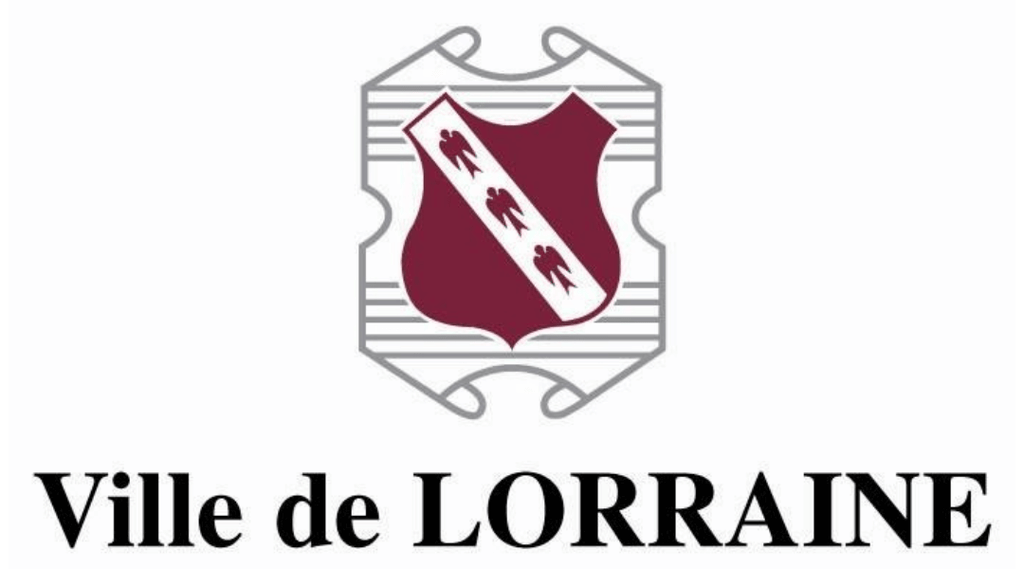Permits and regulations for the installation of a heat pump or air conditioner in Lorraine (Quebec)
Understand local requirements before undertaking your HVAC work
At AirGreen , we understand that installing a heating, ventilation, and air conditioning (HVAC) system in a municipality like Lorraine involves more than just choosing the right unit. Before any work begins, it's crucial to fully understand the municipal regulations and legal requirements that apply to your property.
The City of Lorraine places particular importance on preserving the living environment , the tranquility of residential neighborhoods and architectural harmony . This is why any installation of an air conditioning unit, heat pump or propane gas cylinder must comply with precise standards regarding location, noise and visual integration.
This comprehensive guide — written by AirGreen , a specialist in HVAC installations in Greater Montreal — takes you step by step to ensure your project in Lorraine is fully compliant , stress-free , and free of unpleasant surprises .
1. When a permit is required in Lorraine
Before any installation, a municipal authorization certificate is required for the following equipment:
-
Heat pumps (wall-mounted or central)
-
Outdoor air conditioning units
-
HVAC System Compressors
-
Propane gas cylinders or supply tanks
This permit is required for both a new installation and for the replacement or relocation of an existing device.
The Sustainable Development Department of the City of Lorraine is responsible for issuing these permits. The cost of the certificate is $25 , and processing times may vary depending on the time of year and the complexity of the project.
Good to know: Even if you're not modifying your building, simply adding or moving an outdoor unit requires authorization. This includes "equivalent" replacements if the new model differs in size , noise level , or location .
2. Permitted location and minimum setbacks
Authorized courses
Heat pumps and air conditioners can only be installed in the backyard or in the rear part of the side yard . These locations are the only ones authorized by municipal regulations in order to preserve the peace and quiet of neighbors and the aesthetics of the facades .
Installations in the front yard or in a side yard visible from the street are strictly prohibited . This rule aims to prevent mechanical equipment from harming the homogeneous and residential appearance of Lorraine homes.
Minimum distances to be respected
To ensure good air circulation, safe maintenance and limit noise propagation, the following distances apply between the unit and property lines:
| Building type | Minimum distance from the property line |
|---|---|
| Detached single-family residential | 1.5 meters |
| Single-family residential, semi-detached or row | 0.6 meters (60 cm) |
These distances apply to both the backyard and the rear side yard .
Concrete example: for a single-family home located on a street like Boulevard De Gaulle, the unit must be at least 1.5 meters from the rear or side fence, and never visible from the main street .
3. Special cases: corner lots, parks and trails
If your land is on a street corner , or if it borders a park, a cycle path or a pedestrian path , the regulations provide for special provisions.
In this case, the side yard that can accommodate the unit is the one facing the public space , but on condition that the unit is surrounded by an acoustic and visual screen preventing the diffusion of noise and visibility from the public highway.
This requirement is intended to protect pedestrians and neighboring residents from noise pollution while maintaining landscape consistency in open residential areas.
4. Noise: thresholds to be respected at the boundary of the land
One of the most important criteria for obtaining your permit in Lorraine concerns the noise level of your heat pump or air conditioner.
-
Maximum of 45 dB during the day (between 7 a.m. and 10 p.m.)
-
Maximum of 40 dB at night (between 10 p.m. and 7 a.m.)
-
These values are measured at the boundary of the land , and not in the immediate vicinity of the device.
It is therefore essential to choose a model whose technical data sheet mentions a low noise level, and to install your unit in such a way that the noise is attenuated by natural or artificial obstacles (walls, hedges, acoustic screens).
AirGreen Tip: Some modern wall-mounted heat pumps offer levels below 38 dB , making them perfectly compatible with Lorraine's requirements.
5. Mandatory visual and acoustic screens
In order to respect the residential character of the city, any appliance installed in a rear side yard must be concealed using a screen.
Accepted screen type:
-
Visual screen : opaque fence, conifer hedge, architectural panel, or combination of evergreen plants.
-
Acoustic screen : absorbent structure to reduce noise perceived from the boundaries of the field.
These installations must be solid, durable and aesthetic . They must not hinder the ventilation of the unit, nor hinder access for maintenance.
AirGreen Tip: Choose dense cedar hedges or oriented slat fences, which provide natural sound attenuation without blocking the unit's airflow.
6. How to obtain your authorization certificate in Lorraine
For an existing property
-
Prepare your plan : clearly indicate on a copy of your location certificate where your unit will be installed.
-
Note the noise level (in decibels) provided by the manufacturer of your heat pump or air conditioner.
-
Complete the official form available from the Sustainable Development Department .
-
Submit your file :
-
In person at City Hall
-
By mail
-
By fax
-
Or by email at urbanisme@ville.lorraine.qc.ca
-
The municipal team will contact you once your authorization certificate has been issued.
For new construction
When submitting your residential building permit application , you must attach the heat pump and air conditioning form .
If no installation is planned at the time of construction, simply check the corresponding box in the form.
7. Technical advice and best practices
Regulatory requirements ensure compliance, but certain best practices help ensure optimal performance and increased durability:
-
Install the heat pump on a solid, level base (concrete, PVC or composite).
-
Maintain sufficient clearance around the unit to facilitate maintenance and air circulation.
-
Orient the unit so as to avoid direct projection of airflow towards windows or inhabited areas.
-
Avoid placing the heat pump under a closed balcony or near a dense hedge , which could reduce performance.
-
Clean filters, grilles and coils regularly to maintain quiet and energy-efficient operation.
At AirGreen, we always integrate these considerations from the project design stage , to ensure a perfect balance between performance, silence and compliance .
8. Examples of concrete application
-
Detached bungalow-style house : installation of a wall-mounted heat pump on the rear facade, 1.5 meters from the fence, with a white cedar visual screen and a dense hedge to reduce visibility.
-
Semi-detached house on local street : unit installed in the rear side yard , 60 cm from the boundary of the lot, protected by an acoustic panel and a mixed conifer hedge.
-
Land adjacent to a municipal park : installation authorized on the side yard facing the park, accompanied by an absorbent screen ensuring a noise level below 40 dB at night .
These examples illustrate the flexibility of the regulation when applied correctly and how AirGreen supports its customers in planning their installation.
9. Your Responsibility / Our Support
Your Responsibility
Compliance with municipal regulations is the responsibility of each owner.
You must ensure that:
-
The permit was obtained before the work began;
-
The installation complies with the prescribed margins, screens and sound thresholds ;
-
The plans provided correspond to the reality of the site.
Although AirGreen guides you through these steps, obtaining the permit and ensuring your project is ultimately compliant remains your responsibility.
Our Support
At AirGreen , we believe that compliance is a guarantee of quality and peace of mind.
Our role is to:
-
Advise you on the device model best suited to your sound environment;
-
Check possible locations according to margins and local regulations;
-
Prepare a clear and precise plan to attach to your permit application;
-
Support you throughout the process until you obtain municipal authorization.
Our goal: for each customer to benefit from a silent, aesthetically pleasing installation that is 100% compliant with the regulations of the City of Lorraine.

